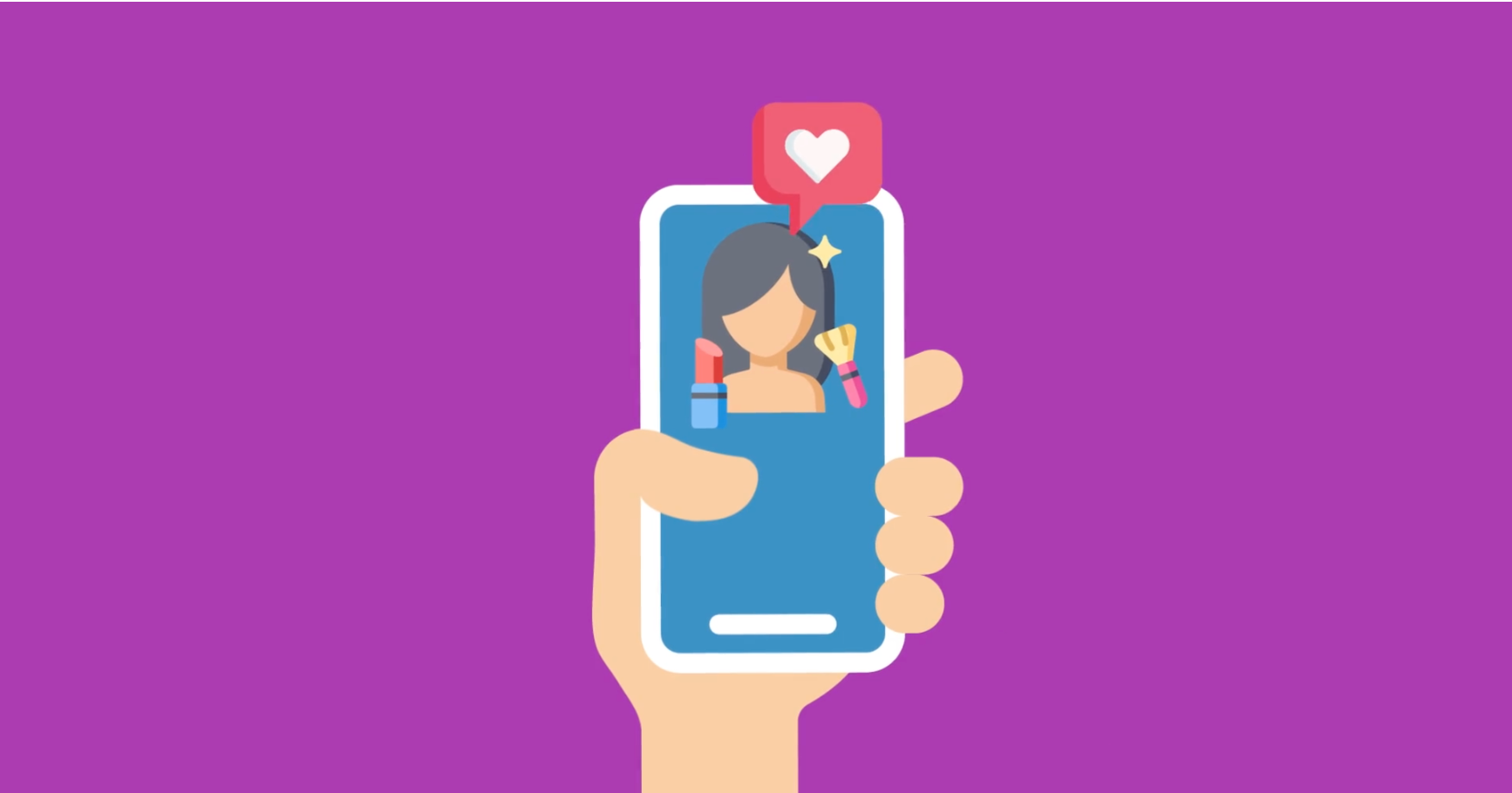

Last week, Mark Zuckerberg announced that Facebook would begin shifting News Feed rankings in an effort to foster more meaningful interactions on the site. In his post, Zuckerberg stated that “public content — posts from businesses, brands, and media — is crowding out the personal moments that lead us to connect more with each other.”
This is likely making brands and businesses who advertise on Facebook (read: all of them) feel nervous their content will get lost in baby photos and engagement announcements. We’re here to tell you that you shouldn’t worry. Instead, look at what Facebook wants, and work to make sure your content plays by the rules.
Make no mistake; Facebook hasn’t suddenly stopped caring about the massive revenue stream fueling their business. This change is holding brands and businesses more accountable for how they’re engaging users. By stating they’re going to slightly lower the appearance of this content, they’re subtly telling brands, “do better,” as Facebook realigns its strategy.
Surely you’ve seen a questionable Facebook post or ad. One where your first thought isn’t about the product or service, but rather, “How…did this get on the Internet?” Clickbait content where users are solicited to “vote” on posts via different emotes. Videos that are actually just static images. In many ways, these ads game Facebook’s engagement mechanics. Facebook is targeting this issue through the News Feed initiative as quantity has been heavily outweighing quality, despite their previous algorithm.
Now Facebook is asking if engagement with this type of content is meaningful. They correctly want to reignite more thoughtful peer-to-peer moments, not quick dopamine hits.
For brands to succeed in this new system, their content needs to shift away from passive user consumption and even further away from hard product sells. Lifestyle content that provides interesting information about a brand’s specialty, and encourages readers to engage, will succeed because it is more relatable and plays into Facebook’s movement towards creating connections and moments. For example, a cycling brand that follows an asks-while-teaching model, discussing the best bikes for nearby trails, will likely appear more frequently in consumer News Feeds than a post simply plugging a new product on a brand’s website. One sparks conversation, the other is too prescriptive.
If a brand’s content generates conversation, then that’s what Facebook will want to get eyes on. Lifestyle video content will still be increasingly relevant as brands begin to better ask consumers to articulate if what they’re seeing in a post resonates with them personally.
[Related Content] Why Inspirational Content is the Secret Sauce to Your Social Media Strategy
Retailers should not feel alarmed by this new algorithm, as it’s important to realize that the goal is to foster conversation, not hide posts from businesses. Even though we’ll see more news from friends, Facebook knows that local businesses are still valuable community hubs and big drivers of interactions (and revenue) on their platform. Local retailers should instead see this change as an opportunity to capitalize on their connections with their local community and increase their involvement online and offline.
It’s easy to post a photo of a new product or share a lifestyle video of a brand your shop carries. To play in this new Facebook dynamic, brands and retailers need to go a step further by actively engaging their audiences. A “like” is not enough. Simply asking more open questions when posting will spark the types of conversations Facebook wants to see. (For example, “We just got new jackets from [Brand]! Which color looks best on you?” or “ [Product X] was just announced, will you upgrade or is your current [X] still in tip-top shape?”).
This change should also serve as a wake-up call to retailers that aren’t actively participating in digital advertising or responding to fostering conversation on their posted content. Facebook isn’t going anywhere. They still house one of the most powerful tools on Earth for connecting with potential consumers. Don’t forget – this is just the News Feed we’re talking about. Facebook still powers brand and business advertising across Instagram and their mobile display Audience Network.
In the end, it’s actually local retailers who are best positioned to help brands through this shift. They have a closer connection to consumer networks and the conversations that take place on their content intrinsically reinforces “where to buy” awareness. So while there may be a measurable dip in overall engagement for a time, brands should be encouraged that their brick-and-mortar ambassadors continue to own an important piece of the conversations Facebook wants to see.

